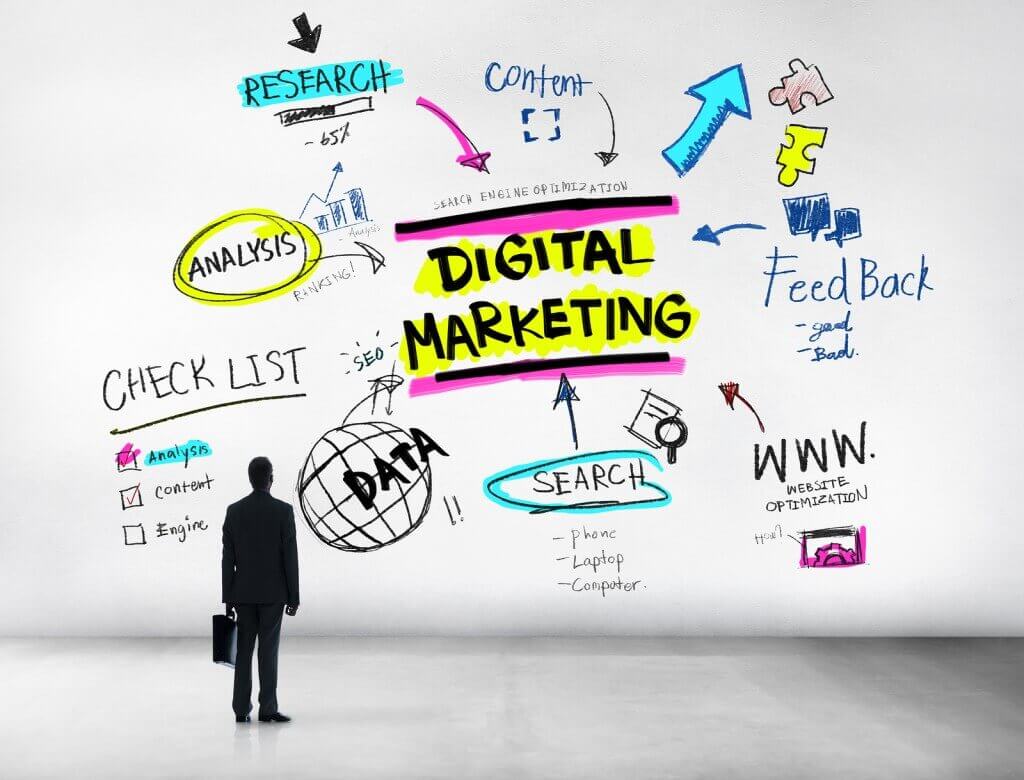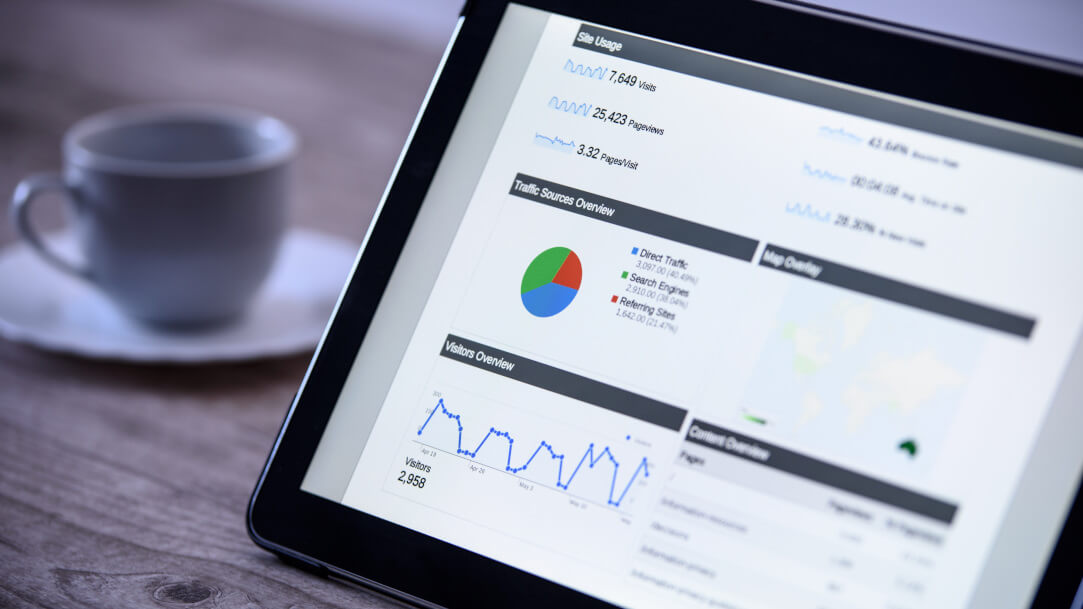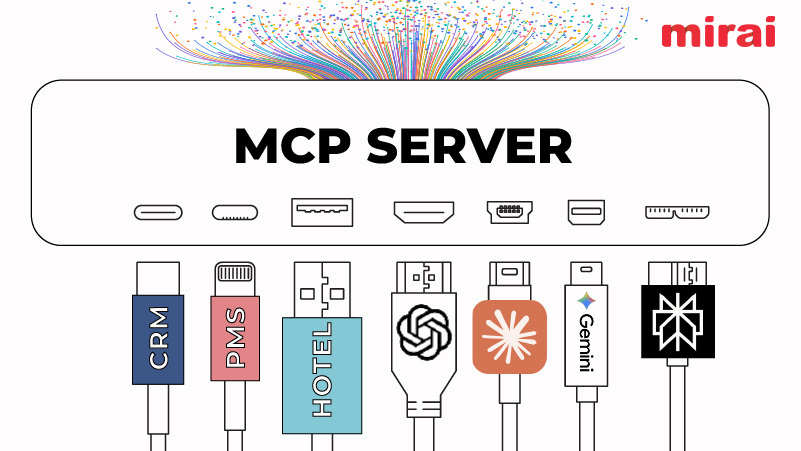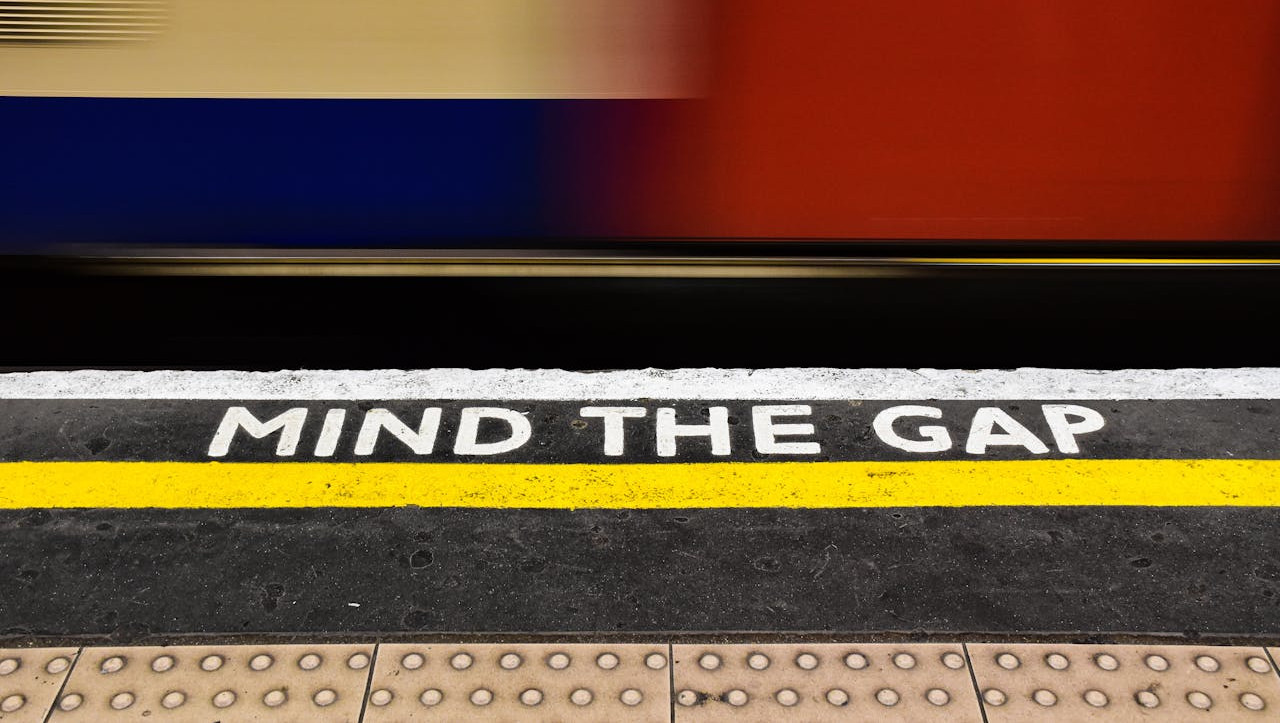
This month, Google nudges SEO marketers in the right direction with clarifications to the mobile-first index as it rolls out to more websites; Bing pilots in-market audiences; and Instagram gets more serious with Stories by adding e-commerce features.
NB: This is an article from hebsdigital
From SEO to design, read on to learn the top five things you need to know now in hotel digital marketing, and stay informed.
1. SEO: Google announces clarification surrounding the mobile-first index and what it means for your website.
As Google begins rolling out mobile-first indexing to more websites, it recently announced some clarifications as to how the mobile-first index will work. Here’s a quick rundown of the clarifications:
URLs in mobile-first indexing: If your hotel website has different URLs for mobile versus desktop, Google will show the mobile searchers your mobile URL and the desktop searchers your desktop URL. In both cases, the indexed content will be the mobile version of the site, even if Google shows the desktop URL. Sites that are designed with a single URL for mobile and desktop do not need to worry.
Crawling changes in mobile-first indexing: Google reported that the crawl count per day won’t really change, but the balance will shift from desktop pages crawled to mostly mobile pages crawled. Google also may temporarily increase crawling when it re-indexes your website.
The mobile speed update is unrelated to mobile-first indexing. The speed update that is coming up in July is unrelated to mobile-first indexing. Yes, you should make your site fast, especially for mobile users, Google says, but the speed update is not directly related to mobile-first indexing.
HEBS Digital strongly recommends having a fully-responsive website with a seamless experience across both desktop and mobile devices with relevant, engaging content to ensure search engine visibility.
2. SEM: Bing is piloting in-market audiences and Google allows users to ‘turn off’ ad targeting.
Bing recently announced in-market audiences that will allow advertisers to target groups of users who are actively in the market for a particular product or service category. In building in-market audiences, Bing Ads takes into account user purchase intent signals from Bing, MSN and other Microsoft properties. Bing says pilot participants saw up to 28% higher click-through rates (CTR) and up to 48% higher conversion rates, compared to ads without in-market audiences the same time last year.
In other SEM news, Google updated its Ad Settings feature to give users more options for limiting ad personalization and is expanding the “Why this ad?” notices across all services that display Google Ads.
With the changes, users can turn off some of the interest signals that Google uses for targeting ads. The options are located in the “Personal info and privacy” section of users’ account Ad Settings.
The feature allows users to manage their ad settings and opt out of allowing Google to personalize ads per data it collects on users, including information based on a user’s actions, information a user has added to their Google account, or data Google’s partner-advertisers have shared with Google about the user (e.g., if a user has visited an advertiser’s website or signed up for a newsletter).
What does this new Google privacy feature mean for your SEM strategy?
It is now more important than ever to ensure you are reaching the right audience with a relevant, meaningful message that resonates without being too intrusive. Some ways to do this include limiting the frequency with which you retarget a user, and choosing the right targeting options for your ad messaging to lessen the chance that ad viewers will click “Why this ad?” due to its lack of relevancy.
3. Display: Digital Audio becomes more accessible via DoubleClick Bid Manager.
As investment in digital audio advertising continues to grow, Google’s DoubleClick Bid Manager is rolling out support globally for buying audio ads programmatically across a handful of streaming services including Spotify, TuneIn, SoundCloud, and Google Play Music. Advertisers can upload .mp3 audio spots in a variety of lengths, including 15- and 30-second versions, and an optional companion image or HTML5 asset to display around the publisher’s audio player.
Audio ads are an effective upper-funnel strategy to increase brand awareness. Just imagine your hotel in the Caribbean running an audio ad with the sound of ocean waves in between top hits of Jimmy Buffet, or your New York City hotel near Madison Square Garden playing an audio ad in between the songs of an upcoming artist at MSG.
4. Social: Instagram adds e-commerce to Instagram Stories.
Instagram is giving a select number of e-commerce brands a new feature to help boost sales through Instagram Stories. Advertisers can add a shopping bag icon to their Instagram Stories that will display more details about the featured product. Clicking on the shopping bag icon can display various types of product information, including more images of the featured product, images of other products contained in the story, descriptions and pricing information for the product, and links that lead directly to the brand’s website to purchase the product. While still in beta and not available for all business accounts, this could be a great opportunity for hotels to showcase room types with images and detailed descriptions.
5. Design: Hand-drawn design elements.
Hand-drawn design elements and illustrations are making a splash in 2018. While illustrations are not the best way to sell your destination and hotel experience, they can be used in creative ways on your hotel website. For instance, if your hotel brand is targeting an artistic, creative customer segment, consider having hand-drawn illustrations of your hotel property transpose into rich photography to make the travel experience come to life in an artistic way.




